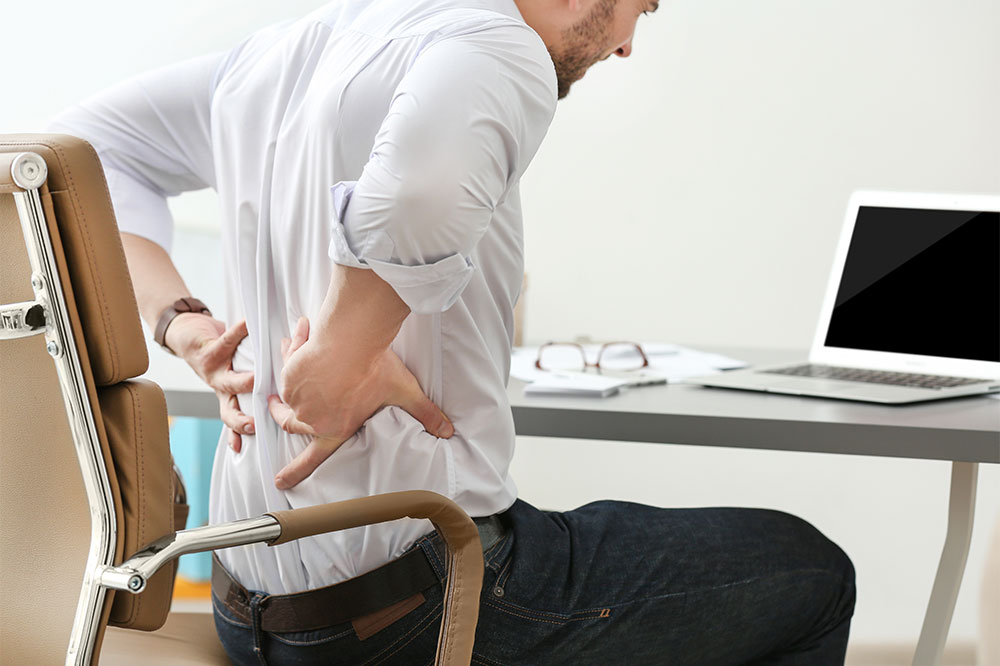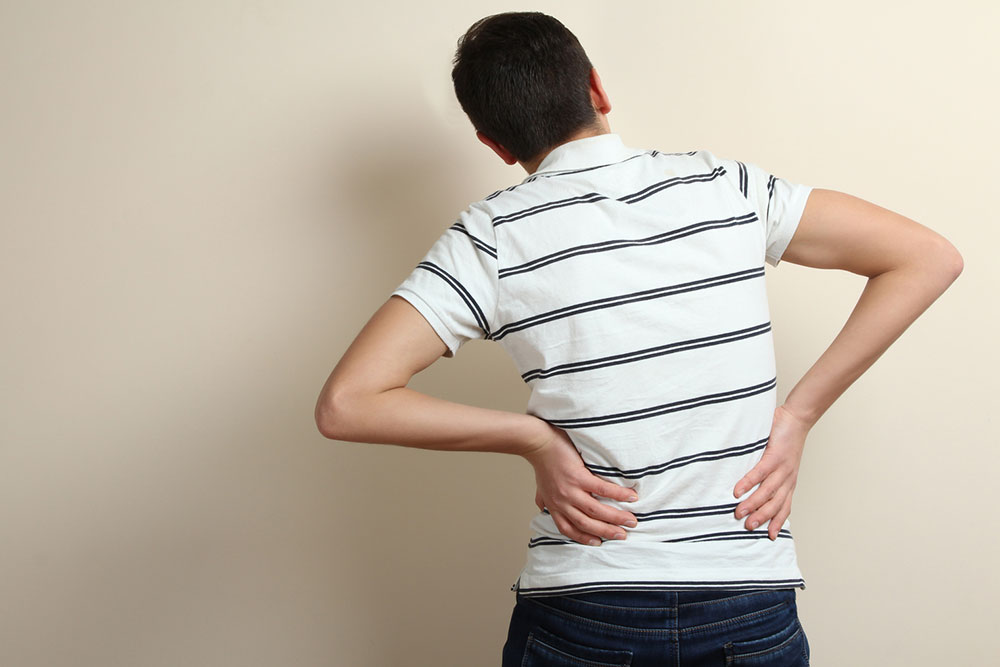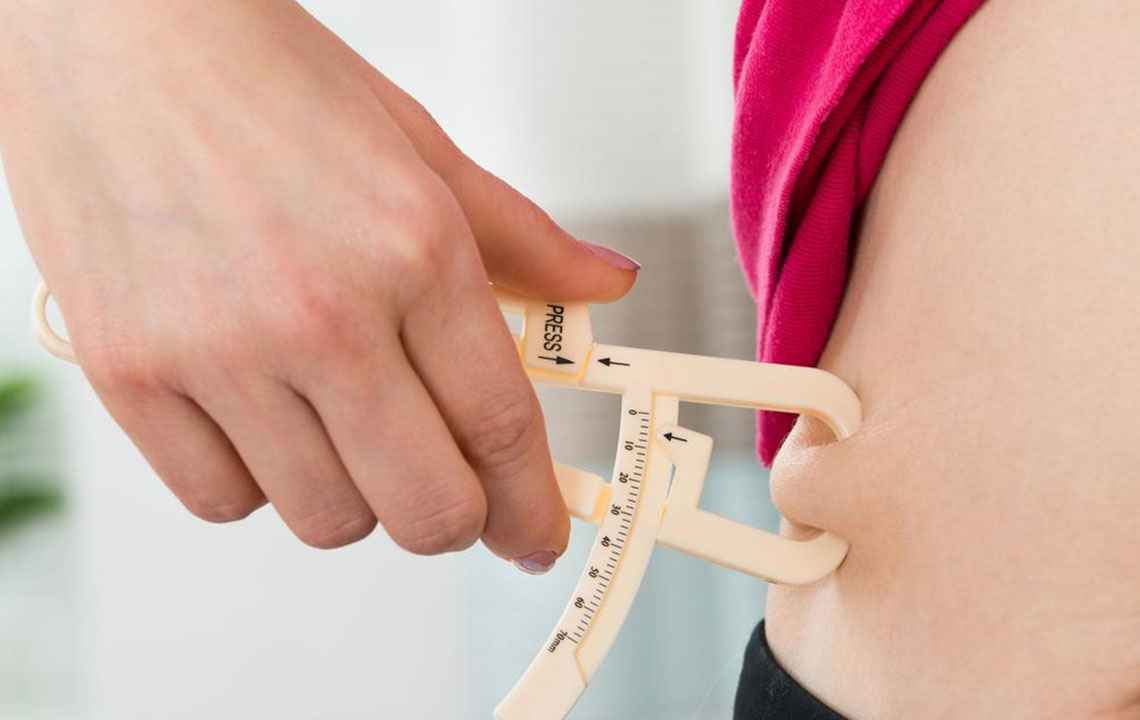Effective Strategies to Relieve Lower Back Discomfort
Discover effective methods to relieve lower back pain, including rest, heat and cold therapy, medical treatments, and exercise. Learn how to manage and prevent chronic discomfort with expert tips and safe practices for a healthier spine.

Effective Strategies to Relieve Lower Back Discomfort
Lower back discomfort involves muscles, nerves, and bones in the lumbar area, a common issue affecting many at some stage. The lumbar region, responsible for supporting the upper body, comprises joints, muscles, ligaments, and nerves that work in harmony. Muscles around vertebrae L1 to L5 facilitate movement and flexibility of the hips. Damage or strain here can impair daily activities, causing symptoms from dull aches to sharp pains. Conditions in this area can be temporary or become chronic, requiring proper intervention for relief.
The nerves and muscles in the lower back support limb movements. Strains or injuries to these structures can hinder routine functions, leading to pain during common tasks like bending, standing, or twisting. Often resulting from injuries or health issues, this pain may resolve with time, but persistent discomfort lasting weeks may necessitate medical attention.
Methods to Ease Lower Back Pain
Rest
Giving your back a break from strenuous activities by resting helps reduce strain. A few days of rest can relax muscles and promote healing.
Hot and Cold Therapy
Applying heat increases blood flow, delivering nutrients and oxygen to accelerate healing. Hot packs, warm baths, or heating pads are effective. Cold packs, on the other hand, decrease inflammation and numb nerve endings, reducing spasms. Alternating between heat and cold enhances symptom relief. Use heat before activity to relax muscles; cold during rest to prevent inflammation.
Medical Interventions
Medications and therapies are recommended by healthcare providers for pain management. Common options include:
Epidural Steroid Injections – Administered via live X-ray to reduce inflammation around nerve roots, providing temporary pain relief.
Muscle Relaxants – Medication that alleviates muscle spasms and tightness by calming nerve activity.
Narcotic Painkillers – Short-term opioids that change how the brain perceives pain signals.
Supportive Braces – Provide stability and reduce strain on the lower back, especially when combined with physical therapy.
Physical Exercise
Regular movement and targeted exercises can help manage chronic pain long-term. Exercise releases endorphins, natural painkillers that block pain signals. Effective routines include:
Stretching – Enhances flexibility of hips and hamstrings, reducing tension in the lower back.
Core Strengthening – Builds abdominal, hip, and glute muscles that support the spine and improve posture.
Always consult your doctor before starting any medication or exercise regimen to ensure safety.









